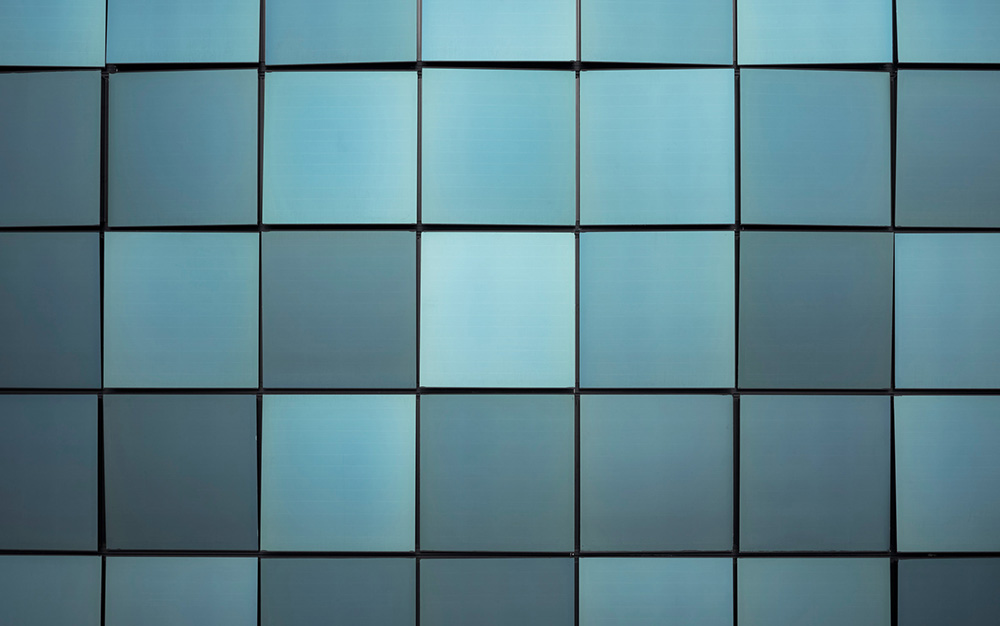 Building-integrated photovoltaics
Building-integrated photovoltaics
Oct 23, 2023
Building-integrated photovoltaics enable buildings to maximize solar energy production while reducing long-term material and energy costs.
What is BIPV?
Building-integrated photovoltaics integrate photovoltaic cells directly into the facade of a building, rather than attaching photovoltaic cells to the existing facade. BIPV is often included in the construction process and architects consider BIPV when designing structures. In some cases, contractors may retrofit a building with BIPV, but it won't be cost-effective upfront.
BIPV can take many forms on buildings. It can be integrated into part of the roof or shingles. Larger buildings often choose to use BIPV as part of the building facade, and the cells are often integrated into the windows.
A building's roof may not get enough sunlight, but a multi-story structure can collect a lot of solar energy through its many windows. Other facades, such as awnings and skylights, are excellent locations for BIPV.
BIPV and BAPV
BIPV is part of this structure. They serve the dual purpose of energy collectors and building materials. BAPV (Building Applied Photovoltaics) is photovoltaic generation added to an existing system. BAPV only acts as an energy harvester. These buildings require standard building materials.
Benefits of BIPV?
BIPV systems have many benefits. They provide clean, renewable energy that is not only good for the environment but also saves homeowners money. Businesses are more likely to install BIPV than BAPV because they can be seamlessly integrated into the building’s architecture. Design doesn’t have to sacrifice beauty.
BIPV is more cost-effective in the long run, especially when incorporated during the construction phase. Because the system replaces some traditional building materials, there is no need to purchase these materials and solar equipment. All this can be done for one fee. The building will save money on electricity bills and may offset further costs through tax incentives.
One problem with solar energy is that the energy is not always available when needed. For BIPV, the energy collection peak and energy consumption peak are usually consistent.
The structure can use electricity immediately without the need for additional storage. The system does not have to rely as much on the grid, saving energy costs. Over time, the energy cost savings will far outweigh the initial installation and material costs.
Applications of BIPV
BIPV has several practical applications in the construction sector. Any type of facade that receives a lot of sunlight is a viable option. Designers often use roofs and skylights for BIPV. Since larger buildings require more energy and don't have as much surface area on the roof, windows are another excellent location. Windows are particularly effective on the tallest buildings in the area.
BIPV systems can meet the needs of large buildings while reducing the need for fossil fuels, thus contributing to sustainable construction. Progress is critical, and BIPV can make progress while reducing environmental harm.
Read More

 Building-integrated photovoltaics
Building-integrated photovoltaics